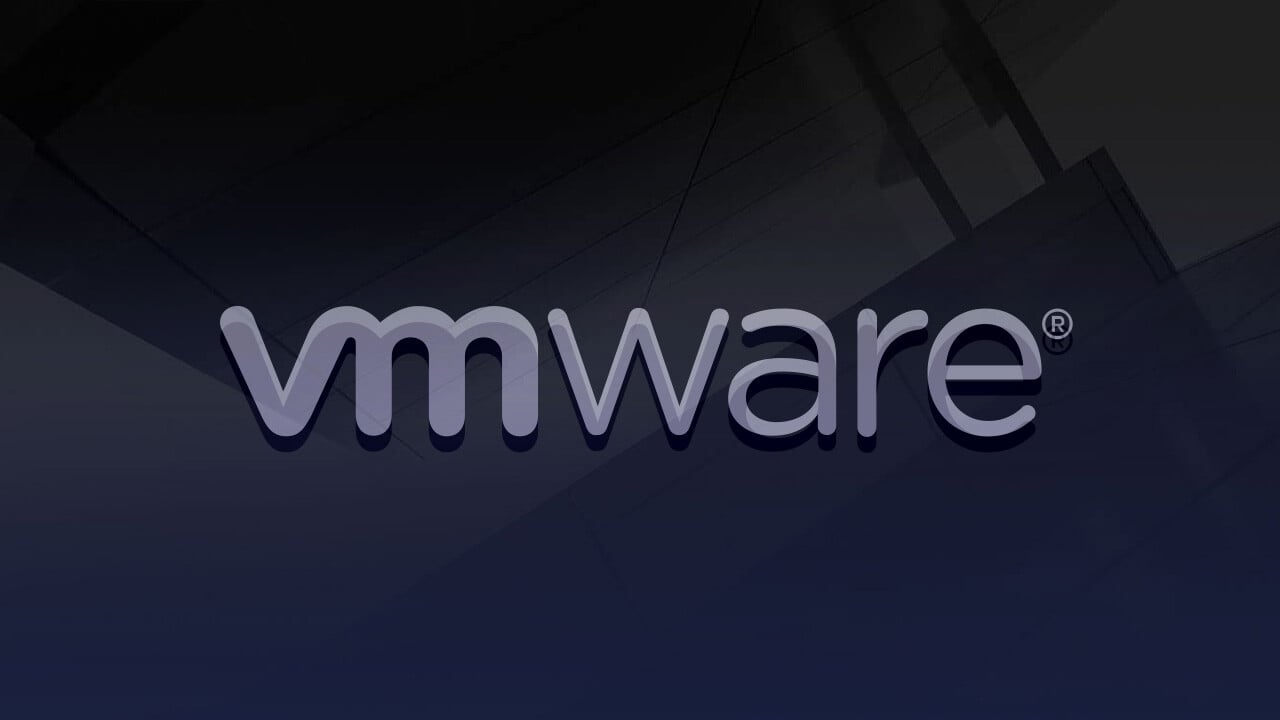With many companies still feeling the impact of the “Great Resignation” and hiring challenges set to persist, 2023 will see renewed focus on employee engagement to retain and attract talent and boost productivity. According to Forrester, 60% of technology and business leaders agree that improving the employee experience (EX) is a top priority for IT.
It’s clear that hybrid working is also here to stay. A 2022 Forrester blog reveals that 34% of companies are trying to get back to a pre-pandemic office model, but, a survey of 722 employees at 46 companies found 68% of employees hope to work from home more often. It’s suggested that innovative leaders move away from the outdated office model and think of it less as a physical place than a network of locations, practices and technologies that empower employees, while meeting individual needs.
Given user experience relies heavily on digital technology, it’s no surprise all eyes are looking to IT to deliver a proactive user experience including:
- Giving users the freedom to collaborate and work in the way that they want to while ensuring end user experience parity.
- Anticipating future technology needs and delivering them when they are needed.
- Solving issues before users are frustrated by them.
A proactive digital experience requires a change of focus
To deliver this, IT teams should shift their focus:
- Move away from service level agreements (SLA) to experience level agreements (XLAs) to measure true user experience. It’s not useful saying that an app is available 99% of the time if the 1% of time it can’t be accessed is because high demand has taken it down. IT must instead, for example, leverage tools and analytics to measure how, for example, that downtime impacts the user experience.
- One-size-fits-all isn’t going to cut it. Teams must deliver a more personalized digital experience, ensuring users receive the information and technology that’s pertinent to them and aren’t frustrated by excessive communication or incorrect technology delivery.
- Anticipate business needs by aligning more closely to deliver the technologies teams need when they need it and can use it from wherever they are.
Digital experience management tools
Anyone who works in IT will understand the challenges associated with doing this. The digital workplace is a complex mix of applications, platforms, devices, end user touchpoints, tools and more. Thankfully there are many capabilities available to help address needs, including:
- Digital Experience Monitoring (DEX/DEM) tools that deliver an array of monitoring and analysis capabilities, allowing IT to proactively solve issues and improve the digital experience.
- Unified endpoint management (UEM) tools which provide a single management portal from which IT can deliver, manage, and secure business resources over any device.
- Virtual Desktop (VDI) which allows IT to deliver a virtual workplace over any device using the public and private cloud.
- IT service management systems (ITSMs) that manage the way IT delivers services, including ticketing platforms and workflow capabilities.
- IT asset management (ITAM) capabilities to allow IT to track asset inventories and identify when change is required to update technology.
- Cybersecurity asset management (CSAM) tools that enable IT to gain visibility and proactively respond to security vulnerabilities to avoid business disruption as well as severe financial penalties and loss of reputation.
First focus on addressing the areas that have the most adverse impact on the end user experience in your organization, whether that’s tool delivery, onboarding, ticket turnaround times, or another issue. Talk with business teams and survey users to better understand their experience to define your strategy.
Overcoming DEX challenges
When you begin addressing the digital experience, there is no one-size-fits-all tool to meet all your needs. So, as you continue to grow your toolbox of solutions, you’ll also be increasing complexity in your IT estate. Each capability has its own hybrid digital management (HDIM) tool, which does a great job of managing what it’s designed to, but it doesn’t interact with other HDIM tools across your estate, leaving you with a growing number of data silos. Traditionally, to aggregate and analyze data requires a lot of time and manual effort.
For example, when introducing a DEX solution to understand real-time user experience you’ll also want to build in the user profile – where they are located, what devices they are using, the mix of applications they access, and more. Given that your DEX tools can’t access this data, your teams will need to manually aggregate data from other HDIM tools to gain a complete picture for analysis before you can decide how to rectify the issue. Then, as you roll out change, you’ll need to interact manually with other tools including ITSM ticketing systems and more. Doing it this way delays response times and undermines your ability to be proactive.
To proactively address digital employee experiences you must break down the silos created by your disparate HDIM tools. There is a way to do this and it’s by introducing a digital platform conductor (DPC), a tool recognized in 4 Gartner hype cycles.
The role of a DPC in digital workplace orchestration
A DPC makes digital workplace orchestration possible by:
- Connecting to all your HDIM tools and all other data stores within and outside of IT, such as HR databases, to leverage the information within them.
- Automating complex data aggregation and analysis to provide a complete picture of any situation, giving you and your tools access to a real-time view of your IT estate and all interdependencies.
- Orchestrating workflows automatically based on pre-defined events or alerts collected from DEX tools.
Delivering a personalized digital experience
In addition to collecting information from DEX monitoring tools, a DPC can automate end user experience surveys to better understand future business and technology requirements. You can also define user profiles based on information such as role, level, location, device type and more. These profiles can be used to help proactively address the end user experience, including:
- Streamlining the onboarding process using HR-supplied new hire information to trigger automated equipment builds based on profiles. Communications with new users can also be automated, explaining equipment delivery, onboarding information, and more.
- Better aligning technology delivery to end users needs, using profiles to define, for example, the delivery of collaboration tools for those working remotely, or to better equip physical office spaces to meet the needs of those who typically work there.
- Implementing regular ITAM scans, to understand, for example, if OS updates are required or if assets are reaching end of life (EoL). Enhanced data can then be used to automatically roll out changes.
- Aggregating and analyzing DEX monitoring data in real-time with all other relevant information to gain a comprehensive understanding of potential issues and using this information to automate tasks such as ticket opening and closure across your ITSM tools.
- Leveraging real-time usage figures to automate the way you purchase ‘as-a-service’, for example automating requests to increase cloud capacity when needed, to ensure a better user experience and to deliver new cloud cost efficiencies. Using real-time experience data, you can also move third party provider agreements from SLA to XLAs if it makes sense to do so.
Book a demo to understand how ReadyWorks, a DPC, enables true digital workplace orchestration.





